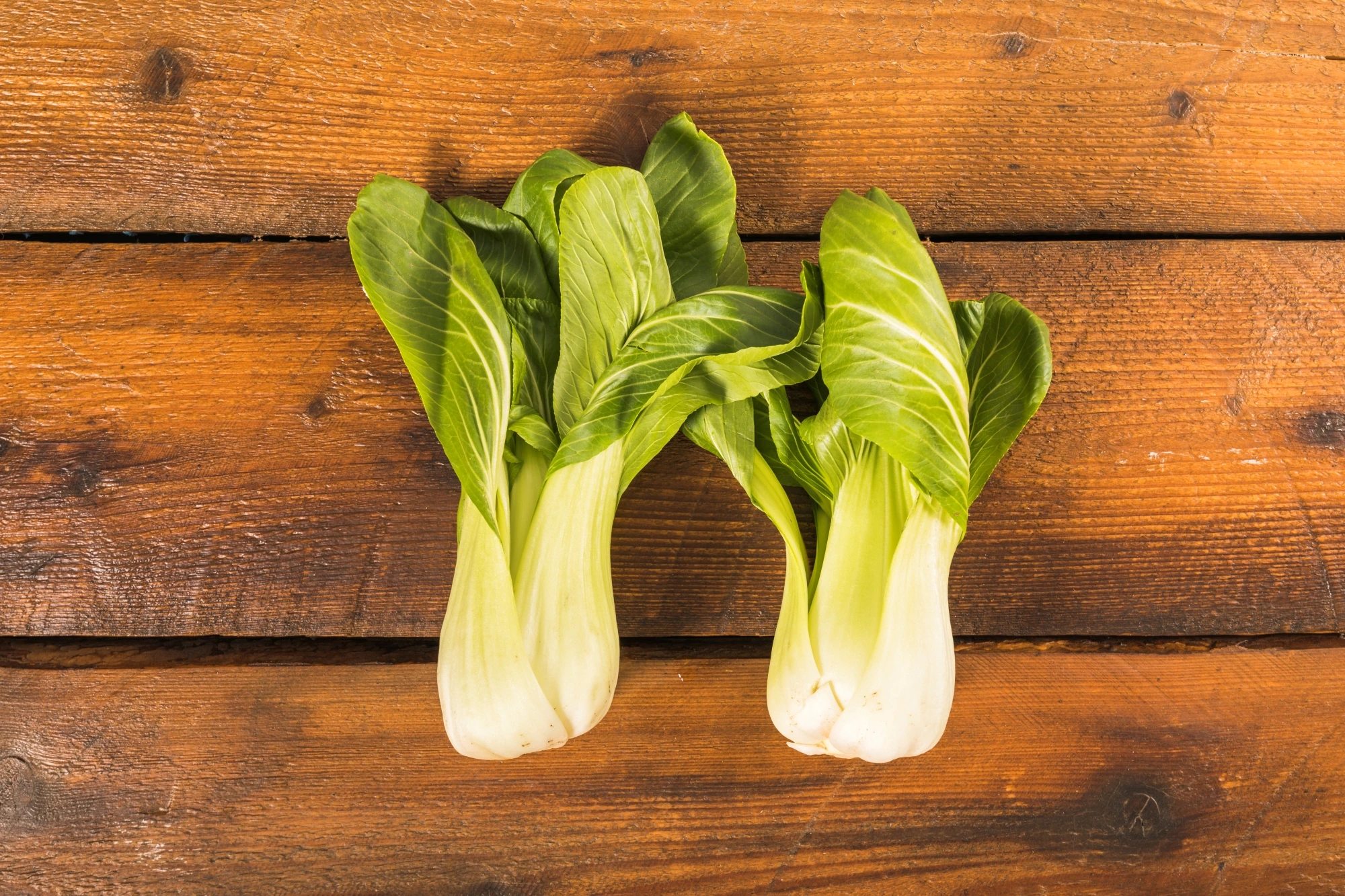 Mustard greens and bok choy are two types of green leafy vegetables commonly found in daily menus, especially in Asian cuisine. Although they look similar and are often used interchangeably, they actually have quite significant differences in terms of shape, taste, and nutritional content. To help you avoid mistakes when shopping or cooking, let’s get to know the differences between mustard greens and bok choy more thoroughly!
Mustard greens and bok choy are two types of green leafy vegetables commonly found in daily menus, especially in Asian cuisine. Although they look similar and are often used interchangeably, they actually have quite significant differences in terms of shape, taste, and nutritional content. To help you avoid mistakes when shopping or cooking, let’s get to know the differences between mustard greens and bok choy more thoroughly!
Why Should You Know the Differences Between Mustard Greens and Bok Choy?
Both mustard greens and bok choy are vegetables rich in fiber, vitamins, and important minerals for health. However, their cooking methods and flavors differ, which can affect the final taste of your dish. Knowing these differences is important so you can choose the right vegetable according to your family’s taste preferences and nutritional needs.
Moreover, selecting the appropriate vegetable can make your dish tastier and more nutritious. For example, bok choy, with its crunchy texture and mild flavor, is perfect for stir-fries or soups, while mustard greens, which have a stronger taste, are often chosen for clear broth dishes or sautéed mustard greens.
Differences Between Mustard Greens and Bok Choy
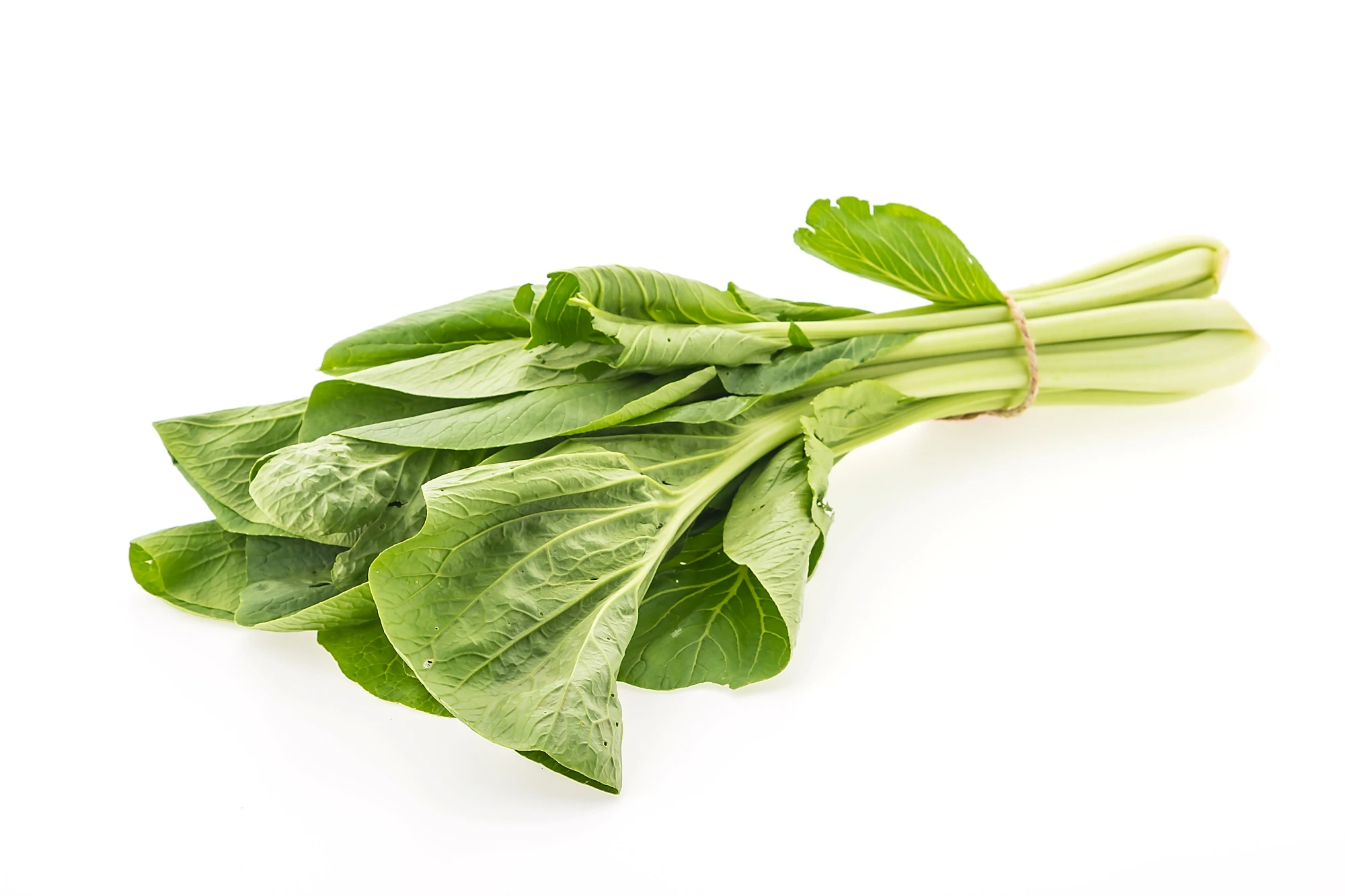 So you won’t get confused when choosing vegetables for your cooking, here are the important differences between mustard greens and bok choy that you should know to make your dishes tastier and just right.
So you won’t get confused when choosing vegetables for your cooking, here are the important differences between mustard greens and bok choy that you should know to make your dishes tastier and just right.
1. Leaf and Stem Shape
Mustard greens generally have wider leaves with a slightly rough texture and thick, juicy stems. Bok choy has smaller, thinner, and smoother leaves with slender, crunchy stems.
2. Taste
Mustard greens tend to have a somewhat bitter and strong taste, so they are often cooked with stronger seasonings to balance the bitterness. Bok choy has a lighter and sweeter flavor, suitable for those who prefer fresh-tasting vegetables without bitterness.
3. Types and Varieties
Mustard greens come in several types, such as green mustard, white mustard, and salted mustard greens. Bok choy generally has only one type, known scientifically as Brassica rapa var. chinensis, also called bok choy.
4. Texture When Cooked
When cooked, mustard greens wilt faster and feel more watery, while bok choy tends to retain its crunchiness longer even after being cooked.
5. Nutritional Content
Both are rich in vitamins A, C, and K as well as fiber which is good for digestion. However, bok choy is slightly superior in calcium and iron content, which benefits bone health and blood.
How to Cook Mustard Greens and Bok Choy Properly
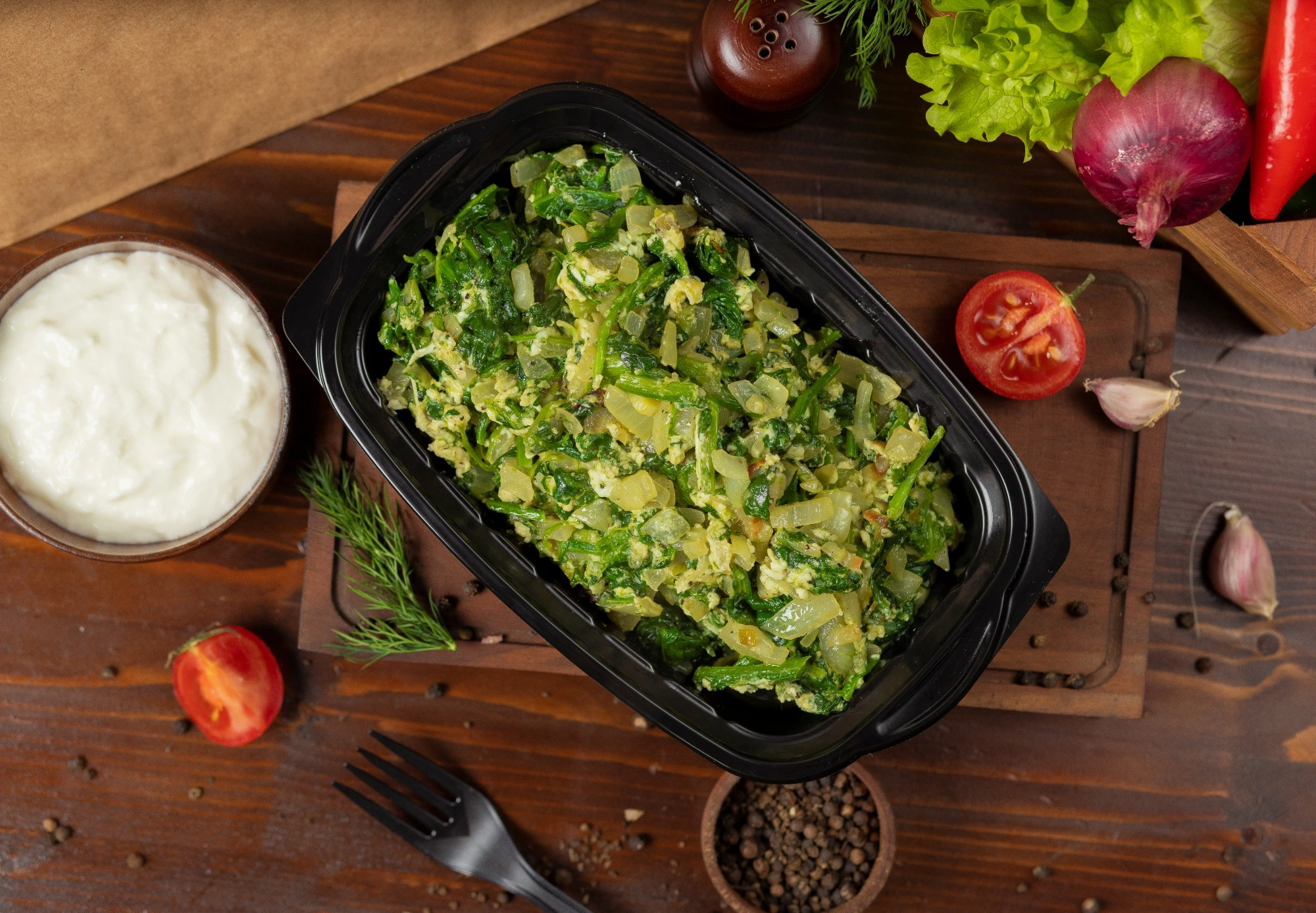 To get the best flavor and texture, here are some tips for cooking mustard greens and bok choy:
To get the best flavor and texture, here are some tips for cooking mustard greens and bok choy:
Mustard Greens
Best cooked by briefly boiling or making into a clear soup so they don’t taste too bitter. They can also be stir-fried with stronger seasonings like garlic, chili, and soy sauce.
Bok Choy
Tastes better when quickly stir-fried or cooked in soup. Because of its crunchy texture, avoid cooking too long so it remains fresh and not mushy.
Read More: Recommended Side Dishes for Sayur Lodeh to Make Your Meal Even More Delicious
Combine with FiberCreme for Creamier and Healthier Vegetable Dishes
If you like creamy vegetable soups like mustard greens or bok choy soup, try adding FiberCreme to your dishes. FiberCreme is a versatile, high-fiber ingredient that can be an alternative to coconut milk or dairy milk, perfect for those who want healthy dishes without heaviness.
Plus, FiberCreme boasts low sugar, 0mg cholesterol, lactose-free and gluten-free. So it’s safe for you and your family who love indulging in delicious food while aiming for a healthier lifestyle.
Fun fact: there’s a lot of other dishes that you can make with FiberCreme! Find more healthy and delicious recipe inspirations on Instagram @FiberCreme_TV or Ellenka’s YouTube channel.

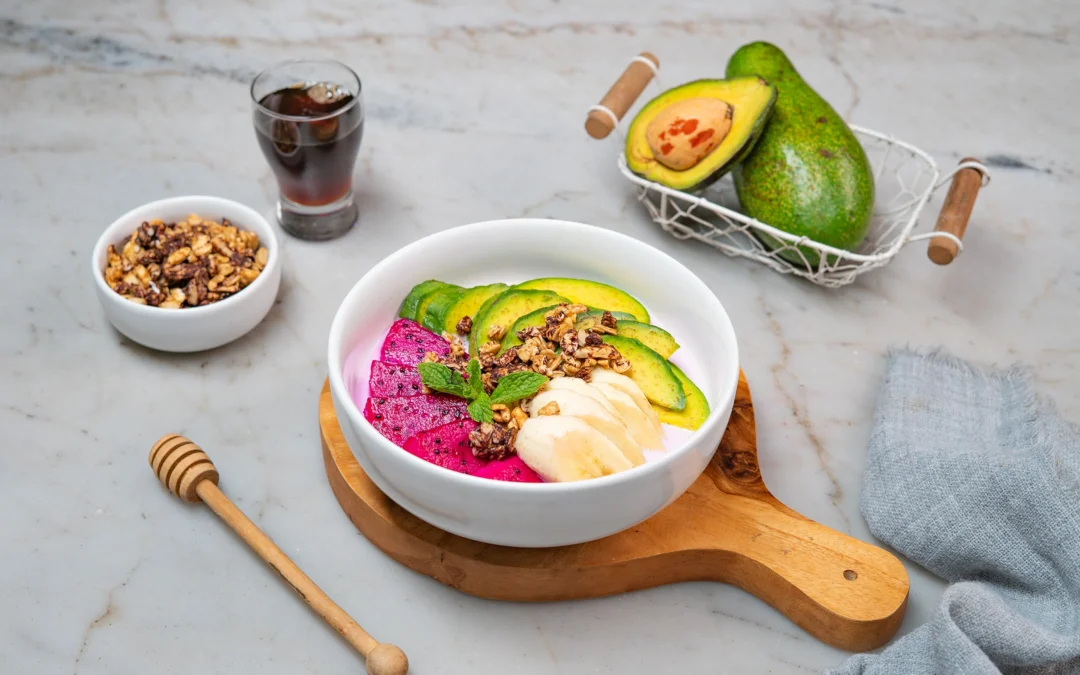


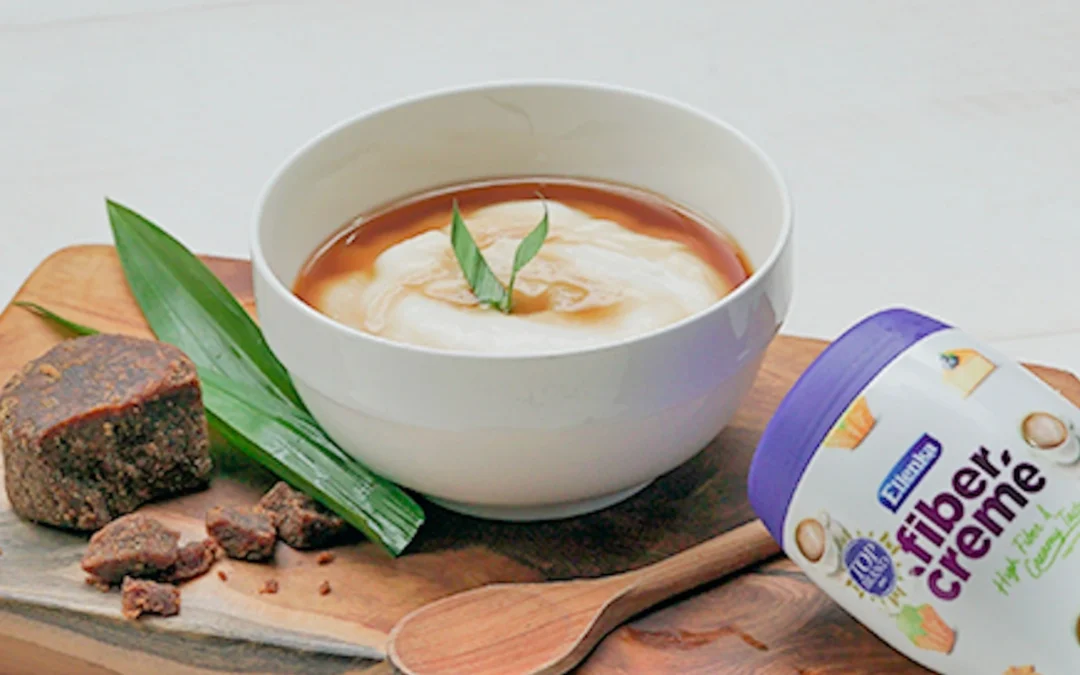
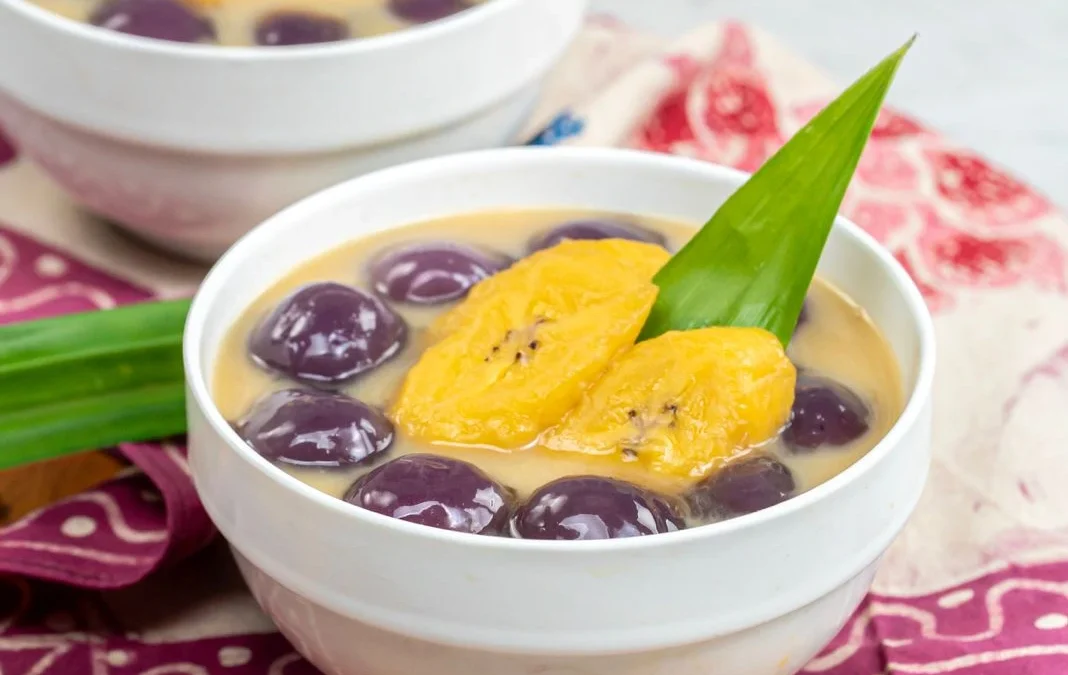
0 Comments